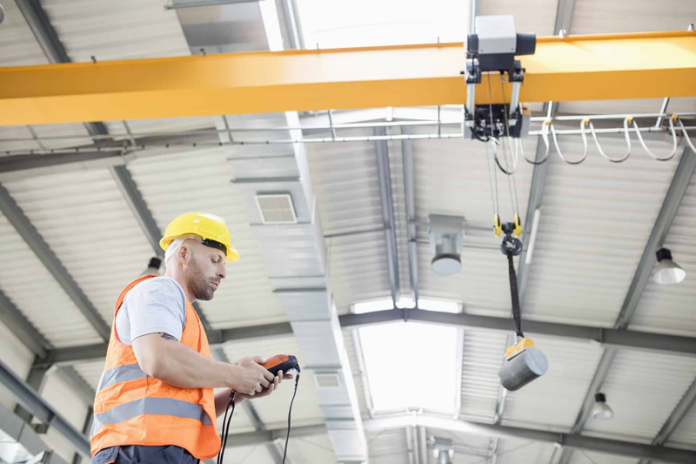Cranes and hoists are essential lifting equipment in a variety of sectors. Timely repairs and maintenance are necessary to keep them functioning safely and effectively. In this article, we will go over universally applicable essential maintenance and repair suggestions for cranes and hoists.
Safety inspections
First and foremost, inspecting and testing cranes and hosts is a crucial step in ensuring safety. A professional should inspect and test the machines. The outcomes are used to determine if the lifting equipment may be utilized safely or if it requires maintenance and repairs.
It is necessary to stop using lifting equipment that has been disapproved. How frequently should lifting equipment be inspected? At least once a year. An expert inspector with the relevant professional training and certificates must conduct an inspection as required by law.
Lubricate appropriately
It is crucial to keep the lifting equipment’s chains and rotating elements clean and flexible when using them. If there is any dust or grime, a lightly oiled cloth should be used to clean the steel’s surface.
Always avoid hoisting equipment in the crane while performing maintenance on it. Perform maintenance on a clean, stable surface. Proper lubrication of all moving parts will lower friction, stop early wear, and guarantee smooth operation.
Replace worn-out parts accordingly
Replacing damaged or old parts is necessary for cranes and hoisting equipment. It facilitates safety and efficiency and prolongs their lifespan.
Observe the Original Equipment Manufacturer’s (OEM) recommendations when replacing parts. You should use quality crane parts from reliable suppliers like Kor Pak. Also, adhere to maintenance schedules and protocols based on the crane’s real duty cycle.
Conduct daily inspections before use
Besides the yearly inspection, it’s crucial to always inspect the lifting equipment before usage. Early detection is the first step in preventing major flaws. Each lifting device may have different things you need to examine before using it. For precise information, always consult the handbook.
First and foremost, the crane or host must be labeled with easily readable information. This needs to display the current inspection date and the maximum workload. All pivot points on the hoisting or lifting apparatus must be able to move smoothly, and the surface must be free of cracks and deformations.
Also, lifting equipment exhibiting signs of wear or corrosion must be removed from service. Ensure that it is also evident that the equipment may no longer be in use.
Maintain proper alignment
After extended usage, a crane may become misaligned and tip to one side, placing undue pressure on the machine. You should always be aware of the machine’s condition and promptly seek out a reputable crane repair service if a problem arises.
Clean and store appropriately
Remove dirt, debris, and other caustic elements from your crane and hoists on a regular basis. In particular, cleaning the boom, control, and undercarriage compartments will assist in stopping pollutants from gradually destroying parts. You should also store the lifting equipment correctly to avoid unfavorable dirt, temperature, or UV radiation effects.
Final words
You may greatly increase the lifespan of your equipment, improve safety, and preserve operating effectiveness by adhering to these crucial guidelines for maintenance and repair.






